25 facts about Walt Disney that even the biggest fans don't know
Walt Disney was born more than 120 years ago, on December 5, 1901.
He is remembered as one of the most legendary figures in entertainment history.
Disney holds the record for the most Academy Awards wins by a single person ever, with 22 awards.
Walt Disney is one of the most legendary Americans in entertainment history.
A century ago, Walter "Walt" Disney and his brother, Roy Disney, co-founded Walt Disney Productions, which became one of the most well-known and revered motion-picture production companies in the world.
The innovative motion-picture animator and television producer created the beloved cartoon character of Mickey Mouse, won 22 Academy Awards during his lifetime, and was the founder of amusement parks Disneyland and Walt Disney World.
Here are 25 things about Walt Disney that even the biggest Disney fans might not know.
Joanna Fantozzi and Melissa Wells contributed to an earlier version of this report.
Walt Disney was born in 1901 on the second floor of a wooden cottage designed and built by his parents in Chicago.
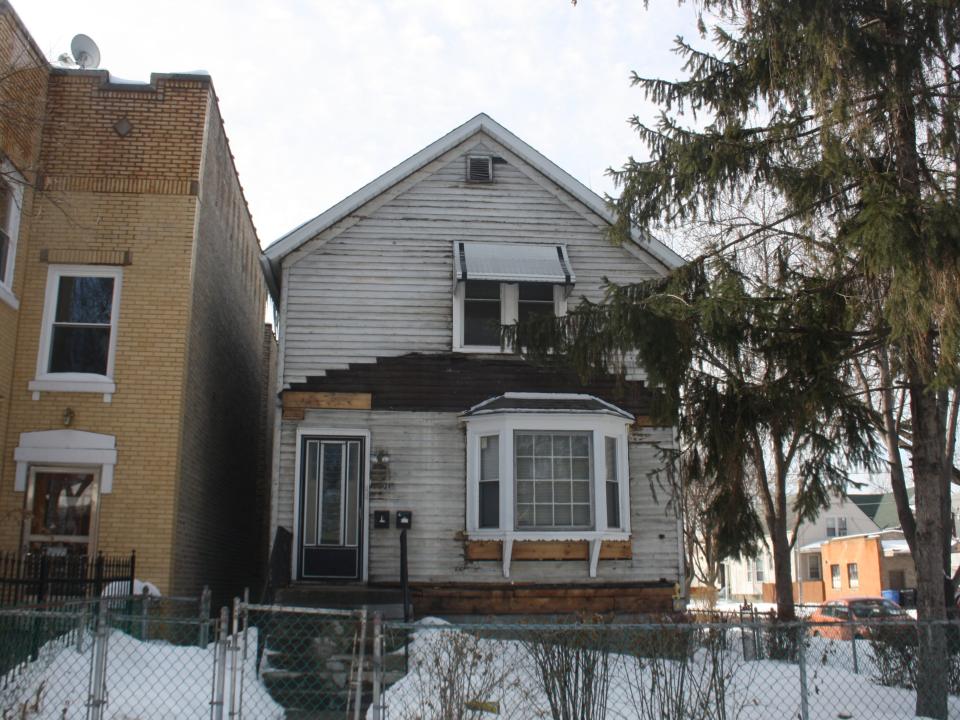
He was the fourth child of Elias Disney, a carpenter, and his wife, Flora.
"Mother was the architect and between the two, mother drew the plans, and mother bought the materials and dad was the builder and they worked like a team," Walt's older brother, Roy Disney, said in a 1967 interview, per a 1991 City of Chicago report.
The Walt Disney Birthplace reported that it cost them $800 to build, which was not an insignificant sum as Elias Disney was making a dollar a day.
The house still stands today and has been restored to how it looked when the Disney family lived there.
Walt Disney once played Peter Pan in a school play.
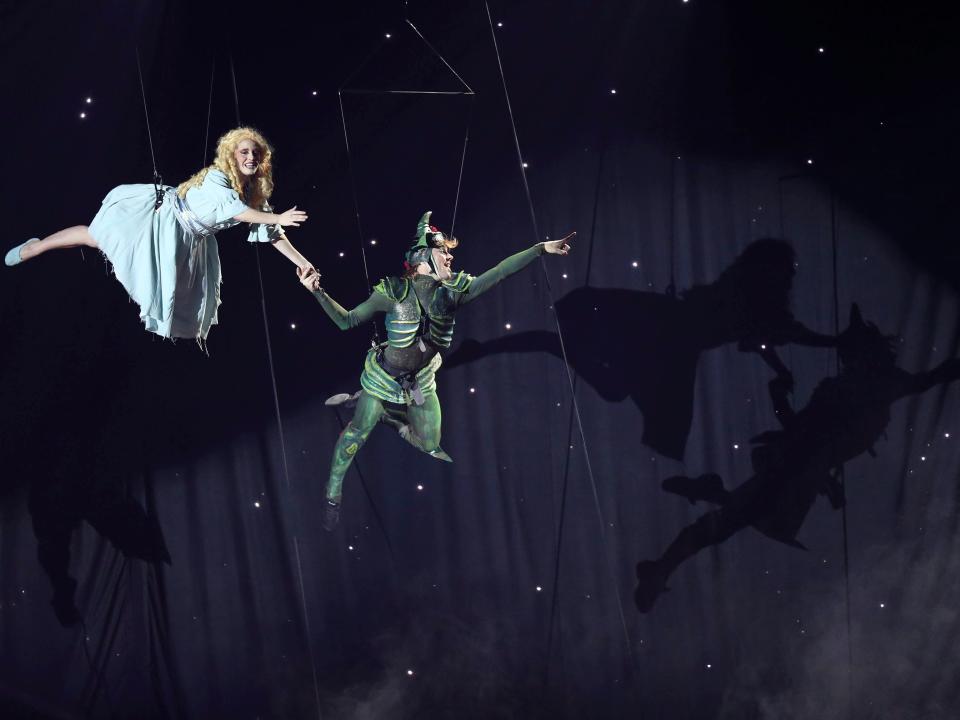
IMDb reported that when Walt Disney was young, he played the part of Peter Pan in a school play, nearly four decades before the beloved animated classic would make its big-screen debut.
Disney was a high school dropout, though.
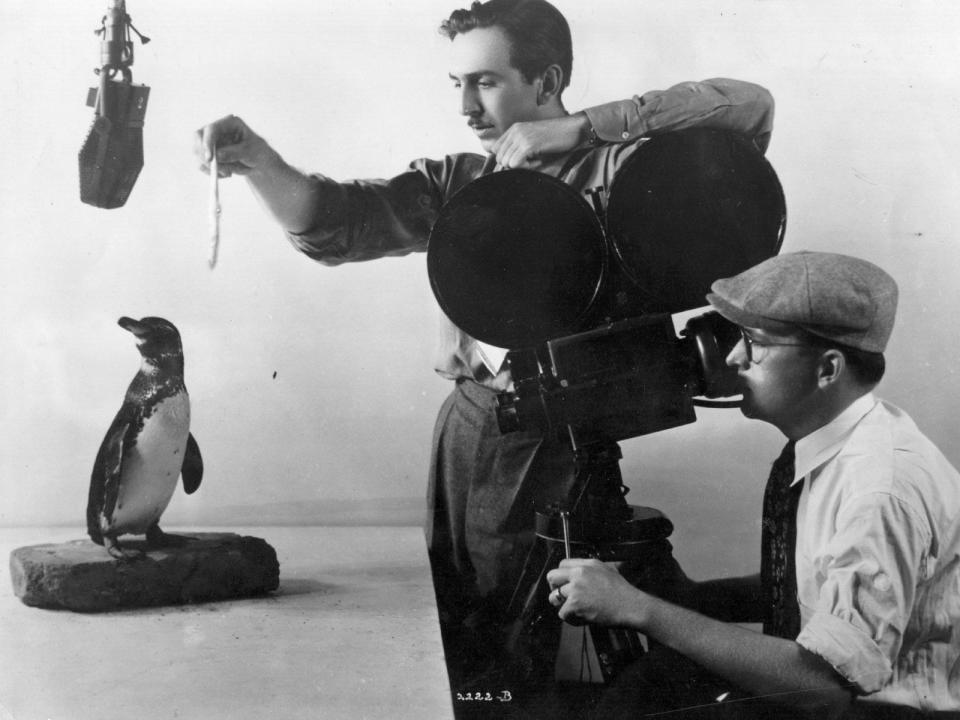
When he was 16, Walt Disney dropped out of high school to enlist in the Army. Unfortunately, he was caught trying to join while underage and had to be content with volunteering with the Red Cross instead, Time reported.
Before founding his studio, Disney got a job as an artist for a Kansas City advertising agency.
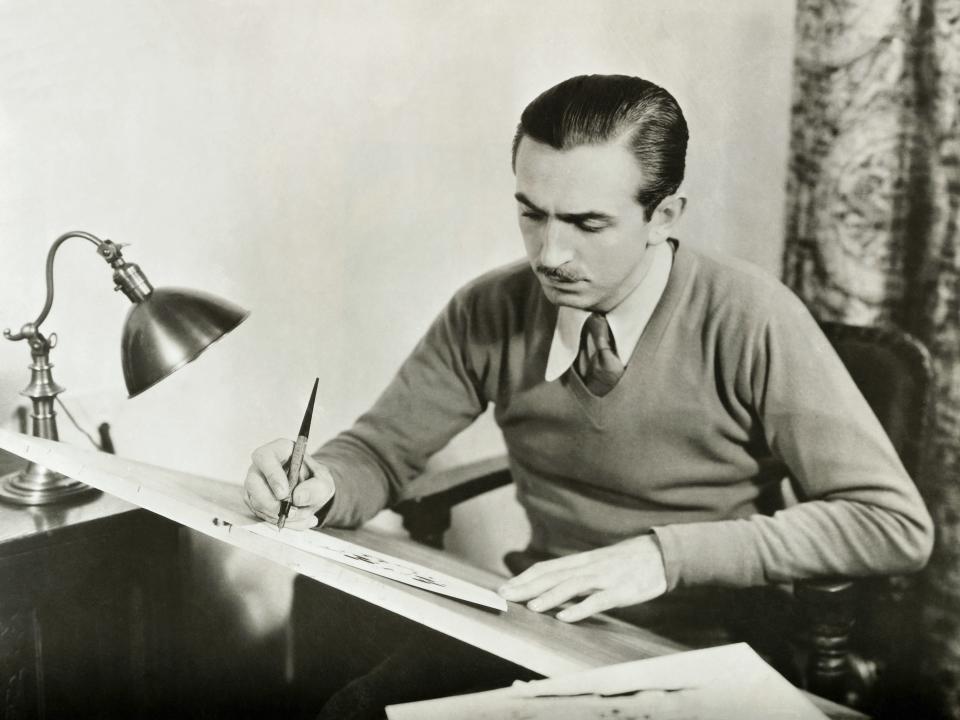
After returning to the US from serving in the Red Cross in Europe, Disney found work in a Kansas City advertising agency, the Kansas City Public Library reported.
He reportedly told his Aunt Margaret, "Auntie, they're paying me to draw!" However, he didn't get to draw for long, as Collider reported that he was laid off a month later.
Walt Disney's first animation studio went bankrupt in less than a year.
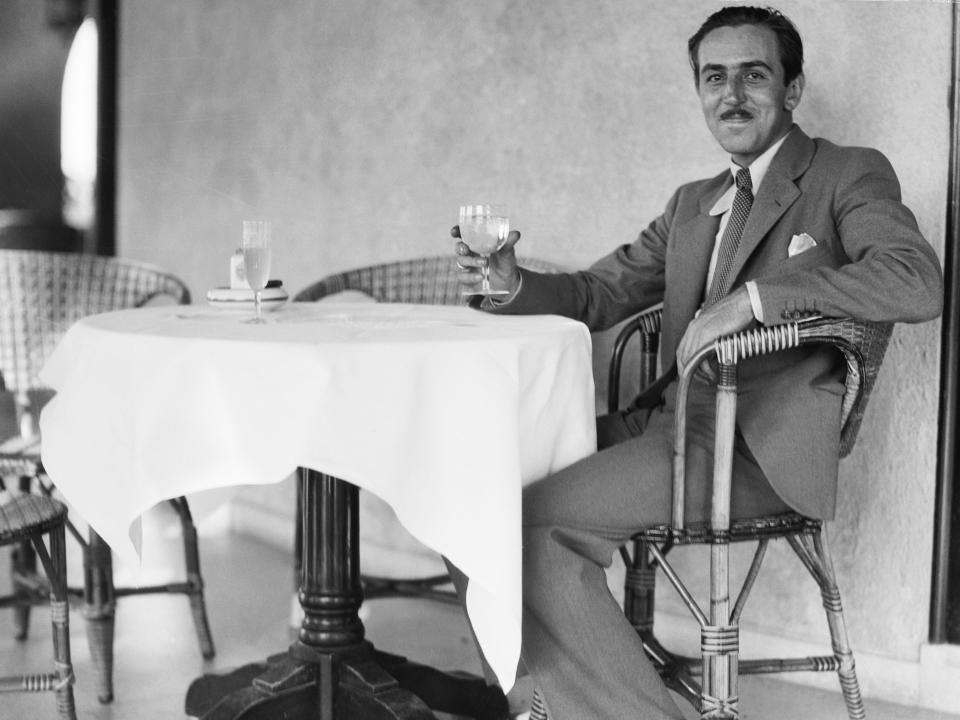
In 1920, Walt Disney started his first animation studio, Laugh-o-Gram, in Kansas City, Missouri, where he produced animated cartoons based on fairy tales.
Shortly after completing the film "Alice in Cartoonland," in 1923, Disney filed for bankruptcy and moved to California, Britannica reported.
Oswald the Lucky Rabbit was Disney's first cartoon, not Mickey Mouse.
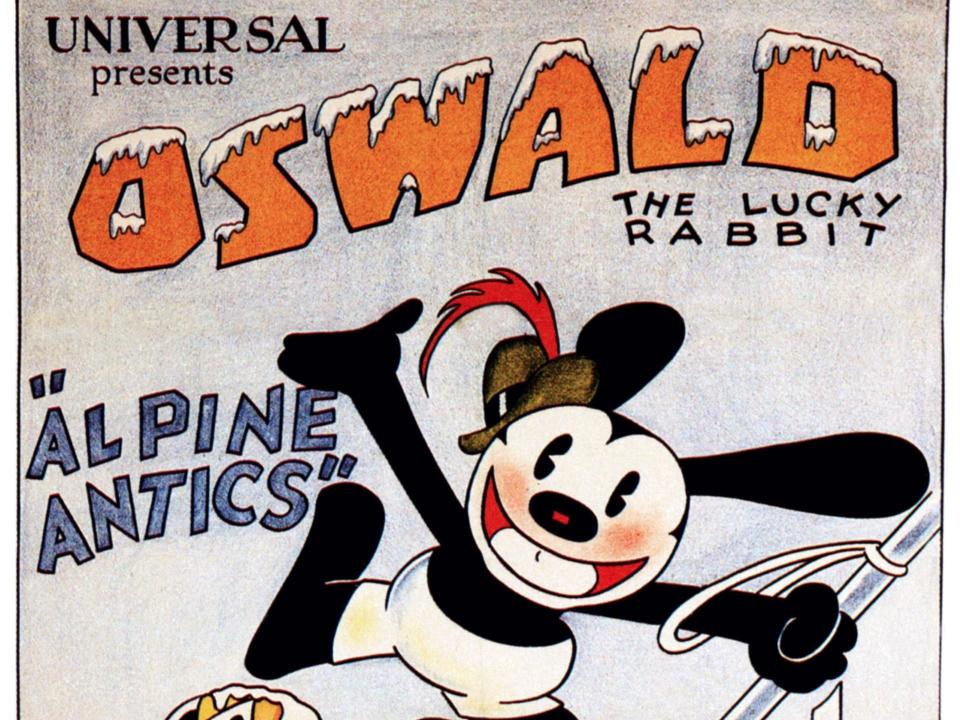
Oswald bears a striking resemblance to Mickey, but he was created in 1927 out of an animation agreement with Universal Pictures, Collider reported.
Walt Disney lost the rights to Oswald in 1928, and Universal began making animated shorts without him, Collider reported. However, Walt and his team were forced to develop a new character, and Mickey Mouse was born.
Disney CEO Bob Iger actually got back the rights to Oswald in 2006 after trading an ESPN sports announcer for the black-and-white cartoon character, ESPN reported.
Mickey Mouse was originally called Mortimer Mouse until Walt's wife, Lillian, convinced him to change it.
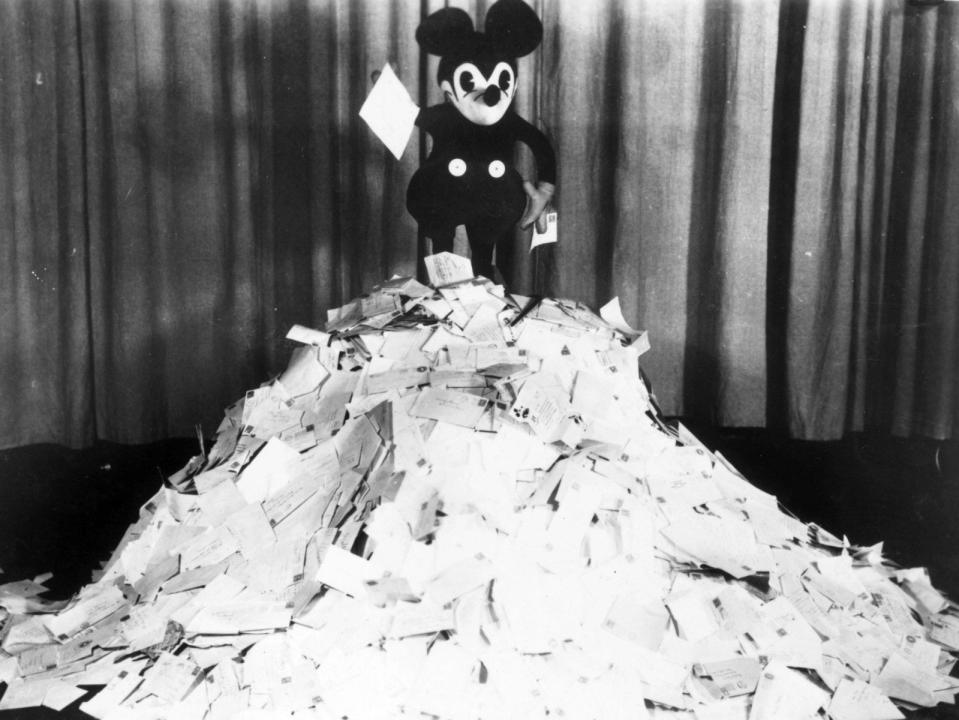
Time reported that Lillian convinced him to change the name after she insisted that Mickey Mouse would be a more marketable name.
Per The Walt Disney Family Museum, Mortimer has since morphed into Mickey Mouse's wise-cracking rival with an annoying catchphrase: "Ha-cha-cha!"
Walt Disney did not actually design the final version of Mickey Mouse.
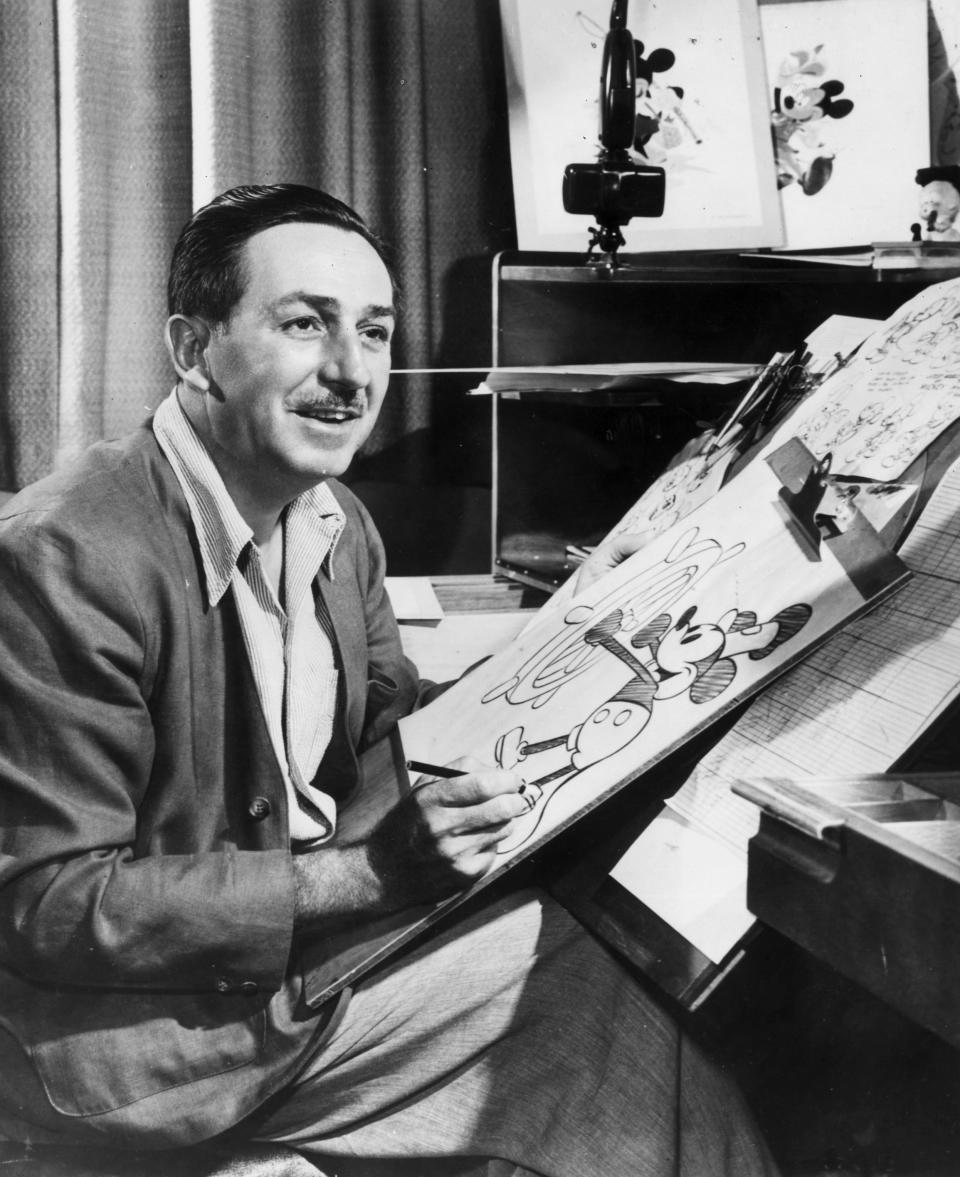
Even though we think of Walt and Mickey as partners, Walt Disney did not actually create the final design of Mickey Mouse, Disney archivist Dave Smith wrote in "Disney Trivia from the Vault: Secrets Revealed and Questions Answered."
Walt Disney provided initial sketches and ideas for the famous rodent, but it was Walt Disney Studios animator Ub Iwerks who animated the Mickey we know and love today.
In fact, Walt Disney reportedly never drew Mickey unless a fan specifically requested it for an autograph, Smith wrote.
But he did voice the iconic character for two decades.
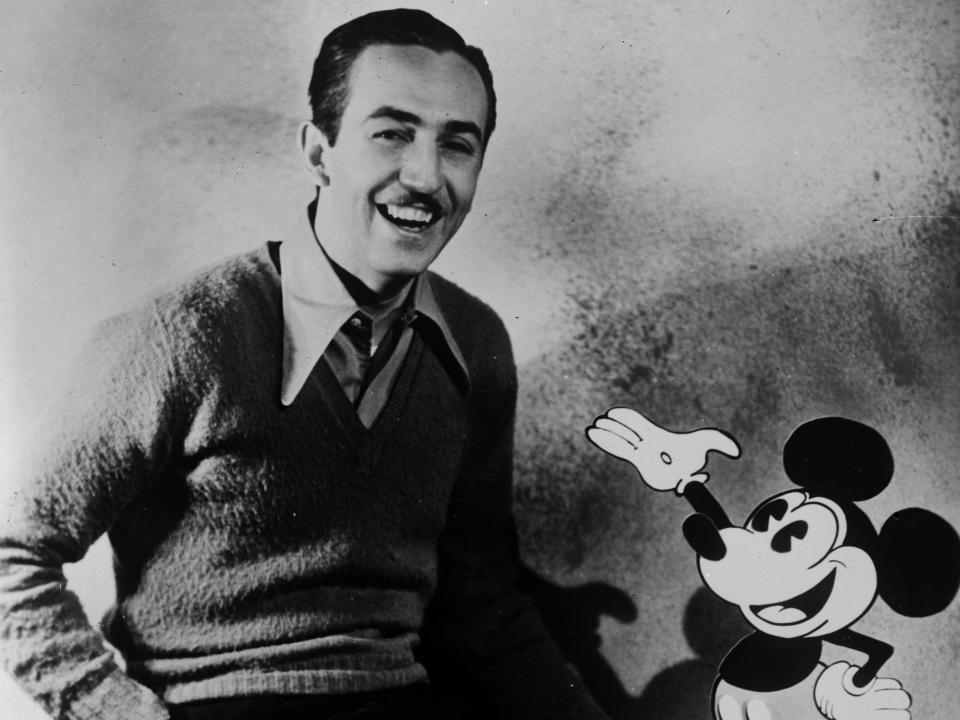
When Mickey Mouse made his cartoon debut in 1929, Walt was unhappy with the way the character sounded, so he decided to voice Mickey Mouse himself and continued to do so until 1947, when he said he became too busy with his growing business to voice Mickey, History.com reported.
At one time, Disney was the only person who was allowed to make a cartoon in full Technicolor.
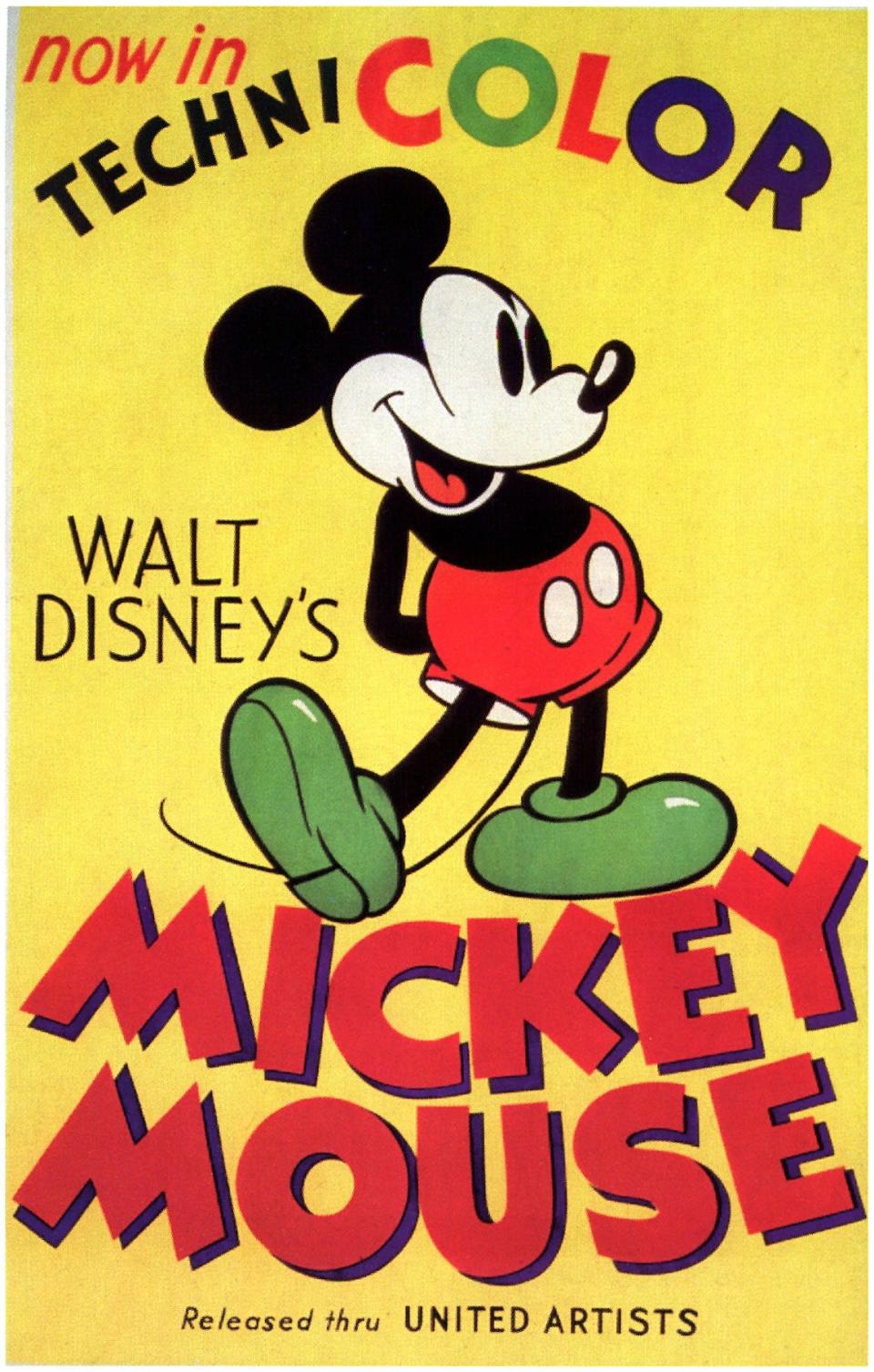
In 1932, Disney produced the first-ever full-color Technicolor cartoon, "Flowers and Trees," and from then until the end of 1935 he had exclusive rights to use the new three-color animation process, Variety reported.
All other color cartoons had to be made the old way, using the out-of-date two-color process.
Disney was laughed at for wanting to create a feature-length animated film.
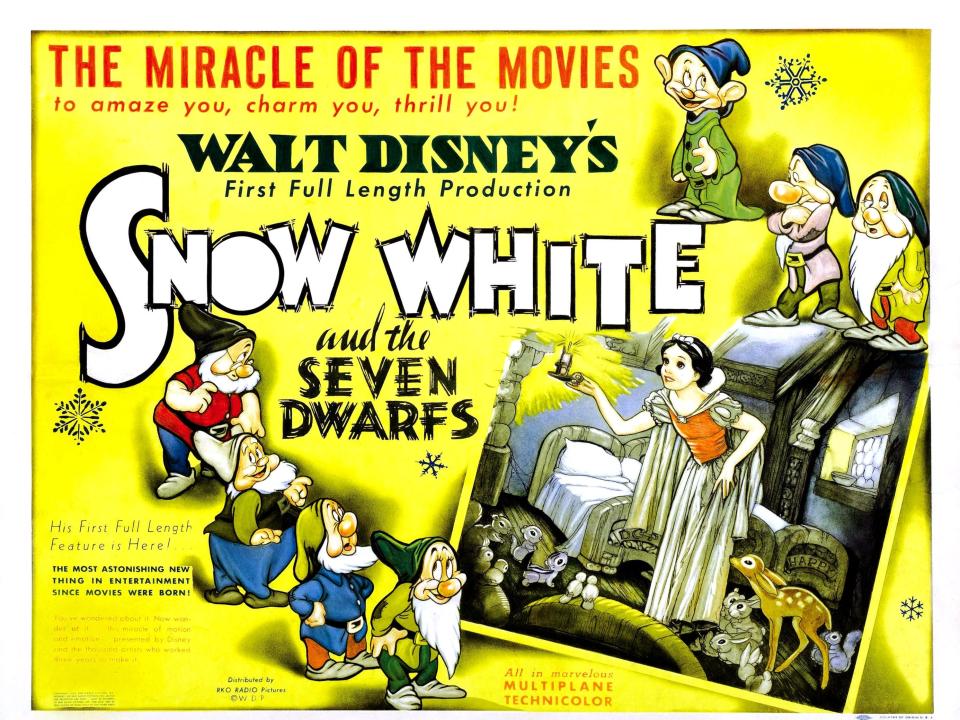
It's hard to imagine a time when animated films were considered a ridiculous concept, but when Walt Disney set out to create the first feature-length cartoon in 1937 — "Snow White and the Seven Dwarfs" — he was laughed at.
The project became known in the industry as "Disney's Folly," per the Sheboygan County Historical Society Museum.
But he surprised everyone when "Snow White" premiered to packed houses, and Disney won an honorary Academy Award (and eight Oscar statuettes: one normal-sized and seven dwarf-sized) for the breakthrough project.
The tables soon turned — Walt Disney still holds the record for most Academy Award wins ever.
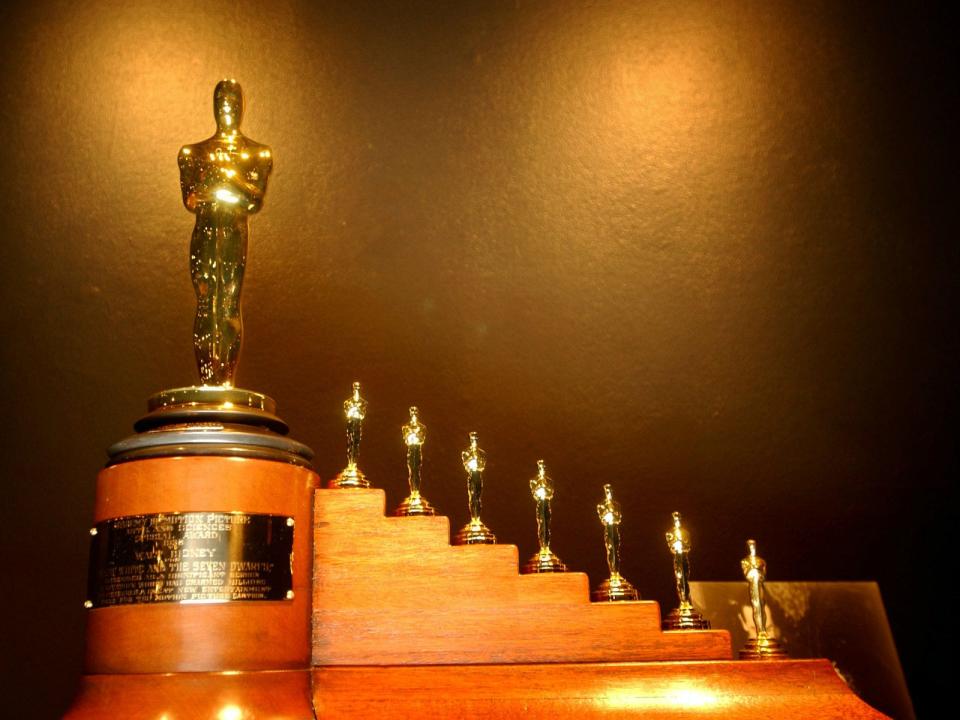
Walt Disney went on to win 22 Academy Awards throughout his career and still holds the record for the most Oscars won by an individual.
Disney's success allowed him to buy a house for his parents, but he was guilt-ridden when his mother later died of carbon-monoxide poisoning in that house.
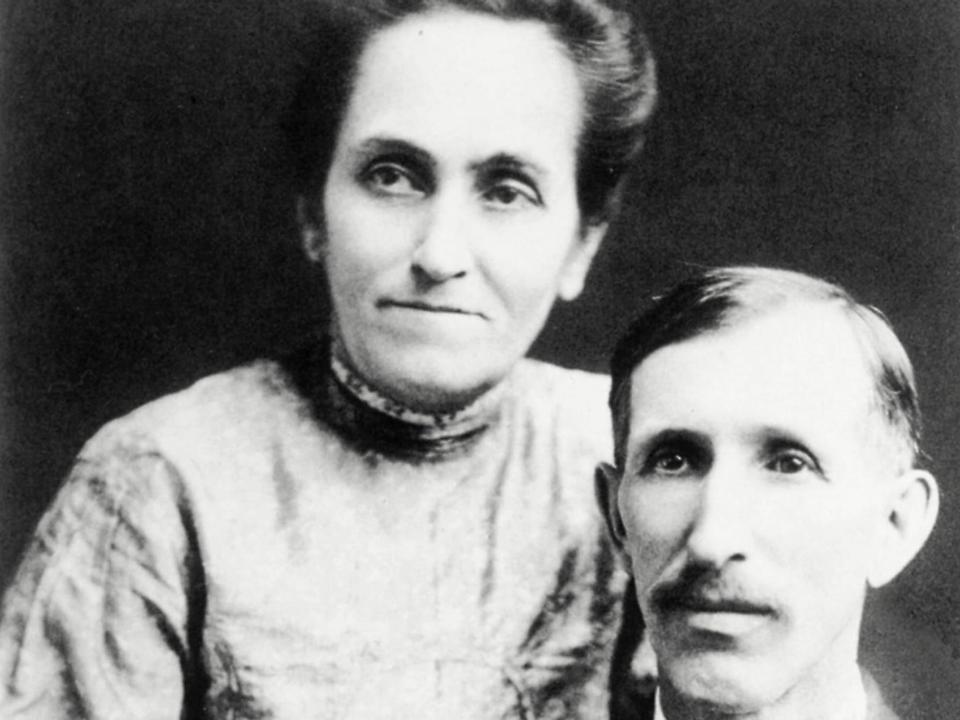
In 1938, after the financial success of "Snow White and the Seven Dwarfs," Walt Disney and his brother Roy bought their parents a brand-new house in North Hollywood, The New York Times reported.
His parents reportedly complained about a faulty furnace in the home. Their mother, Flora, later died of carbon-monoxide poisoning from the furnace's noxious fumes, although their father, Elias, survived, The New York Times reported.
In a 2014 interview with Glamour, "Maleficent" executive producer Don Hahn suggested that the tragedy is a reason why so many of Disney's famous characters lack motherly figures.
Disney worked for the United States government during World War II to create propaganda cartoons.
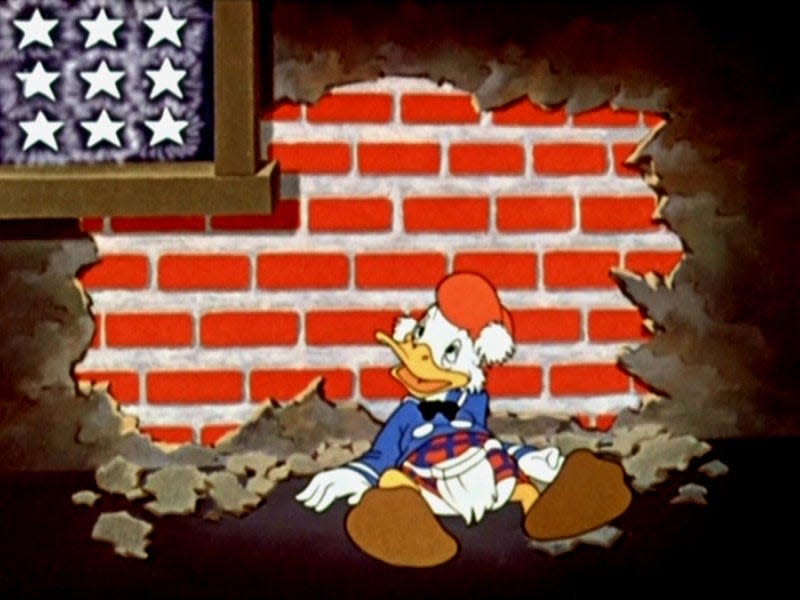
During World War II, Walt Disney shifted the focus of his filmmaking to create training, propaganda, and health films for the US government, per Walt Disney Archives.
Many of the propaganda films were cartoons featuring beloved Disney characters like Donald Duck.
He was also an outspoken opponent of communism during the Cold War's Red Scare.
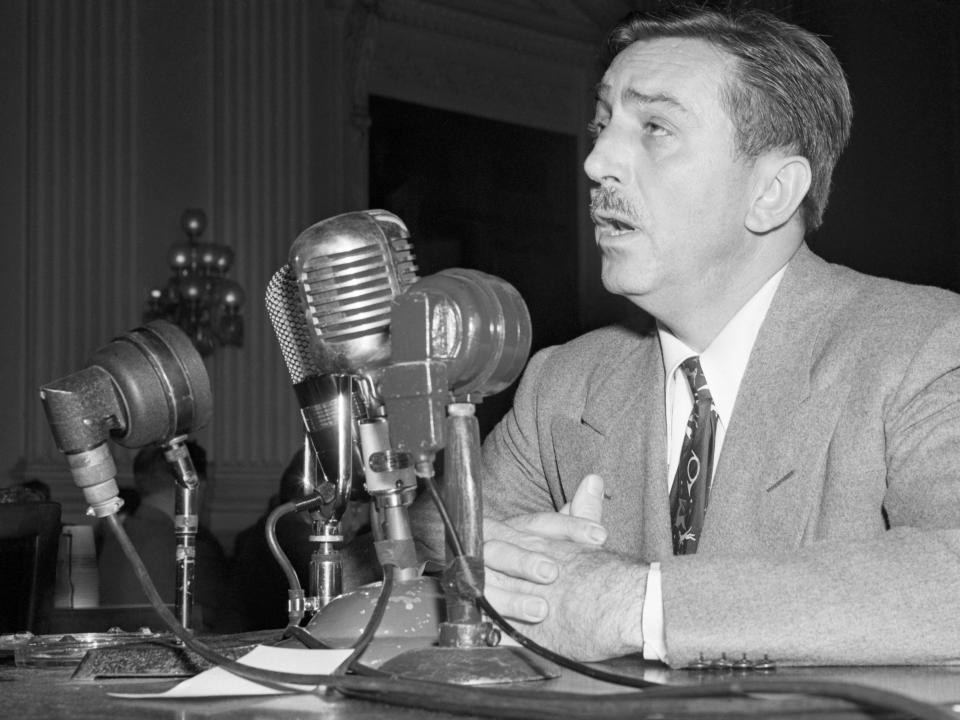
Walt Disney famously abhorred communism and even began accusing his own staff of being communists after they attempted to unionize and went on strike, according to Disney historian Jim Korkis.
Time reported that Disney also testified as a "friendly witness" during a meeting of the House Un-American Activities Committee during the height of the Red Scare.
He even identified one animator by name, according to FBI documents, as reported by the Daily Mail.
Walt Disney received a Presidential Medal of Freedom from President Lyndon B. Johnson.
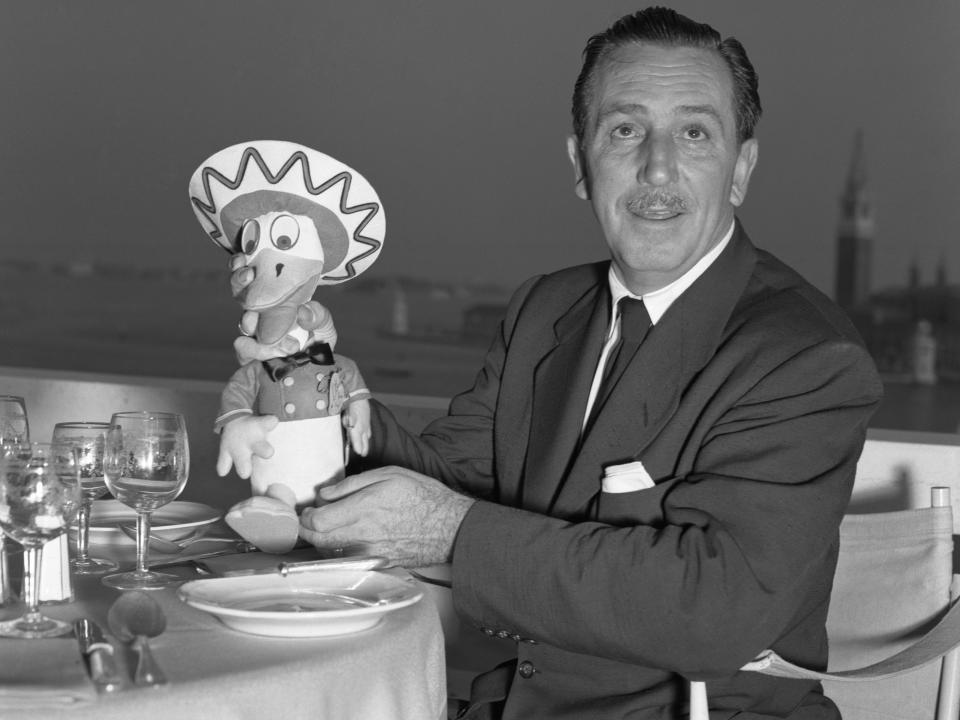
President Lyndon B. Johnson awarded the Presidential Medal of Freedom to Disney in 1964.
The American Presidency Project reported that President Johnson described Disney as an "artist and impresario, in the course of entertaining an age, he has created an American folklore."
Walt Disney was fascinated with trains for most of his life.
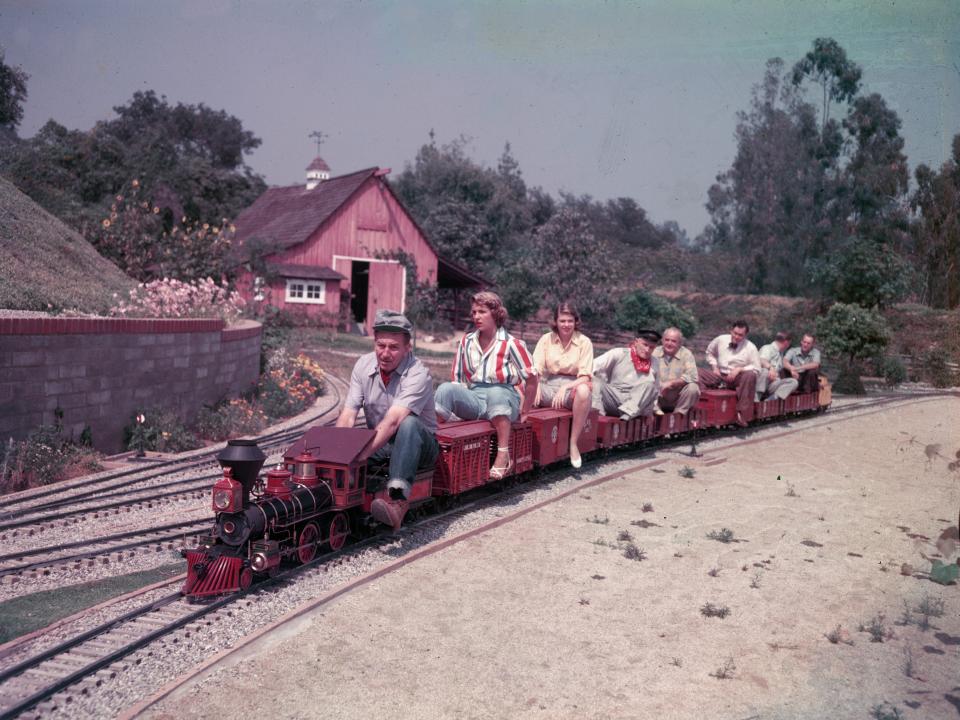
When he was a teen, Disney sold newspapers and snacks on trains in Kansas City. After learning he had lost the rights to his cartoon character Oswald the Lucky Rabbit in 1928, Disney actually began to develop the idea for Mickey Mouse while on a train ride from New York to Los Angeles, History.com reported.
He also used to build elaborate train sets as a way to unwind. After moving into the Holmby Hills section of Los Angeles in 1950, he laid half a mile of tracks around his new property for his railroad. He would even dress as a train engineer and give visitors rides on the Carolwood Pacific Railroad, the railroad he named after the street he lived on, per History.com.
His passion for trains found its way into his Disney parks, as Disneyland has been home to its own railroad since opening in 1955.
Walt Disney thought of the idea of Disneyland while sitting on a park bench watching his daughters ride a merry-go-round.
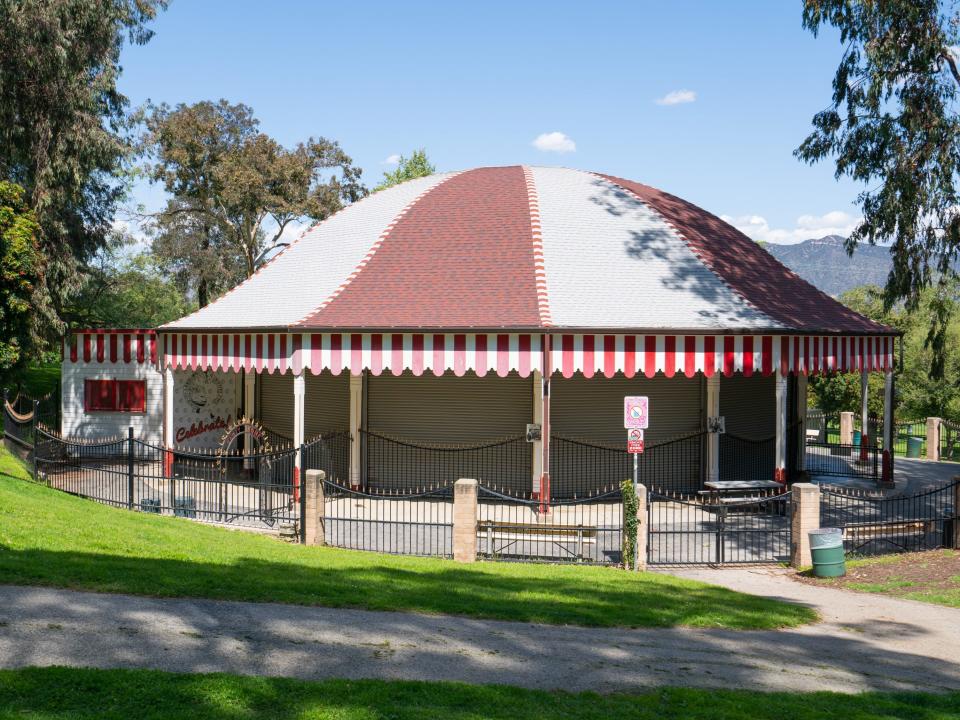
As the story goes, Walt Disney often took his daughters to Griffith Park in Los Angeles, Los Angeles Magazine reported. It was during one of these visits, while Walt was sitting on a park bench watching his daughters ride the merry-go-round, that he thought of the idea of a large-scale park where families could enjoy multiple attractions in one place.
The park bench itself is on display at The Walt Disney Family Museum in San Francisco.
Walt Disney bought the land that would become Disney World under several fake names to keep his identity secret.
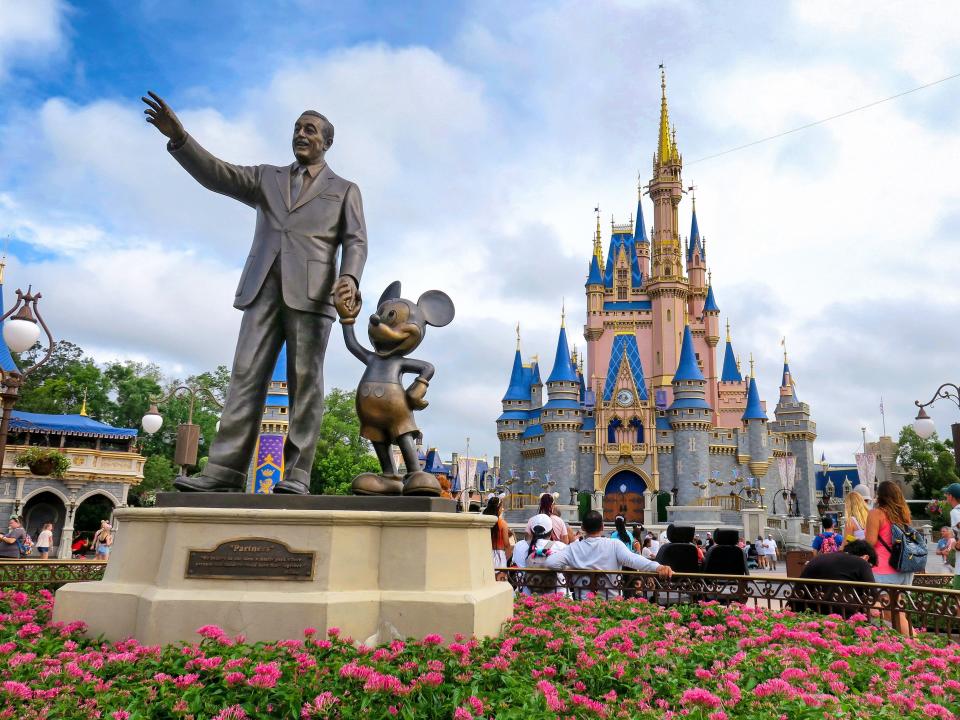
By the mid-1960s, with the success of Disneyland reaching exponential heights, rumors swirled that Walt Disney was looking to create an "East Coast Disneyland." When Walt Disney was looking for a location for his next theme-park venture, he stumbled upon the ideal swamplands around Orlando, Florida, the LA Times reported.
In order to keep his purchase of 27,000 acres a secret, Walt Disney created fake shell companies like Tomahawk Properties and the appropriately named M.T. Lott Co. to keep his identity hidden, the LA Times reported.
A famous Orlando Sentinel headline proclaimed "We Say It's Disney!" in an article speculating about the mysterious "Project X," or "The Florida Project," which would soon become Walt Disney World.
He based the design of Main Street, USA, off the main street in his hometown in Missouri.
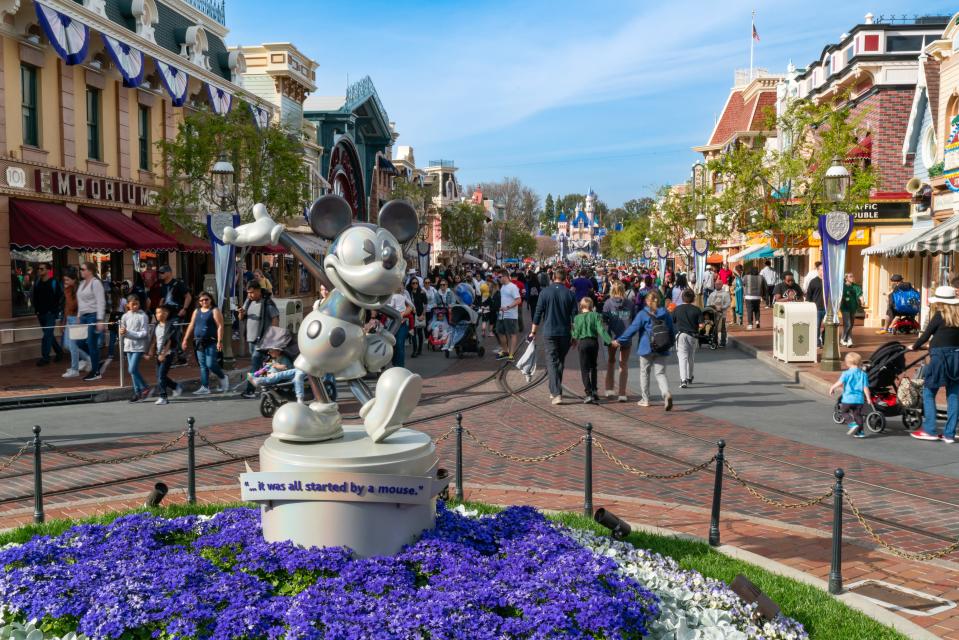
While Main Street, USA, in Disneyland and Walt Disney World, is supposed to represent every-town Americana, Walt Disney drew inspiration from his childhood hometown of Marceline, Missouri, where he lived from ages 5 to 9 after the family moved from Chicago, the LA Times reported.
The small rural town, with a population of just over 2,200, touts itself as Walt Disney's hometown, according to its official website.
Walt Disney had a secret apartment above the firehouse on Main Street.
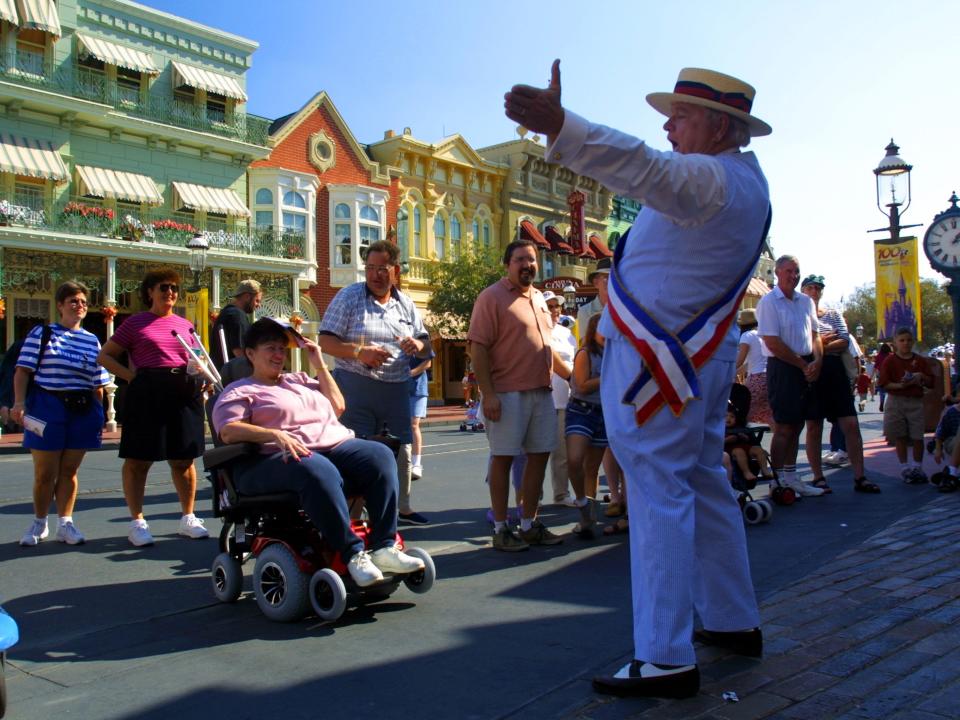
One of the worst-kept secrets in Disneyland is Walt's hideaway apartment, located above the fire department on Main Street, where the Disney family would go to get work done without being disturbed or to entertain high-profile Disneyland guests, per The Walt Disney Family Museum.
To this day, you can still see a lamp lit in the window of the apartment, day and night.
In 2020, then-Disneyland President Rebecca Campbell posted a photo of the lamp on Instagram, writing in the caption, "It glows as a source of inspiration to our cast and our guests as a remembrance of the man who once looked out that window to the sights of happy families making memories below," WDW News Today reported.
Disney invented audio-animatronics, and the first was on display at the 1964 World's Fair.
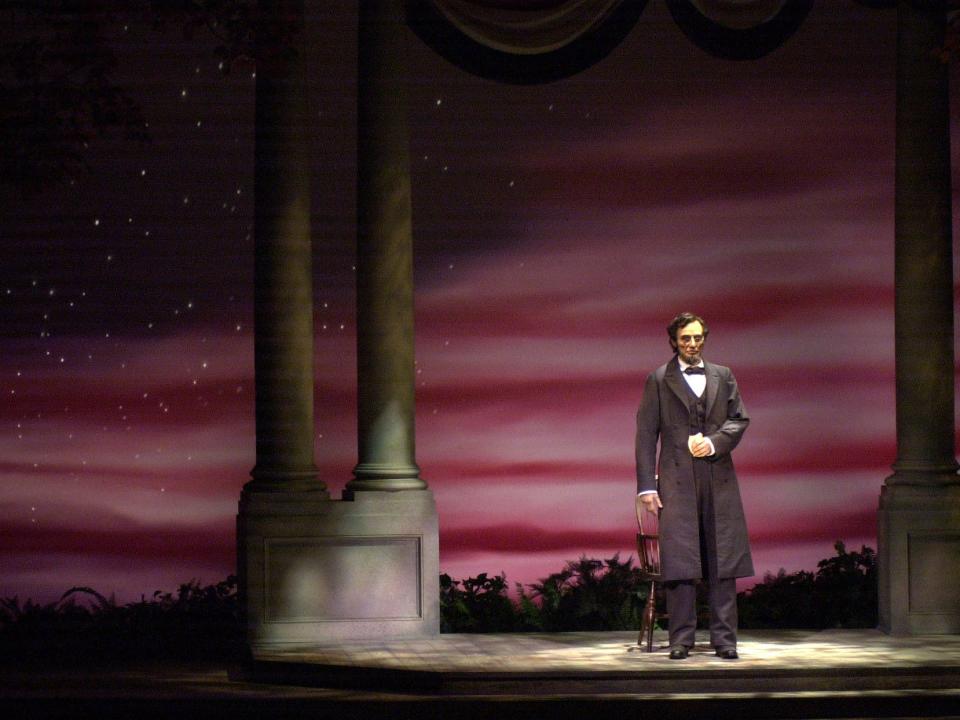
If you've ever been to a Disney theme park, you've seen Walt Disney's audio-animatronics. These human-like robots can blink, talk, move, and even — as later Disney models demonstrate — interact with guests.
The first audio-animatronic was an Abraham Lincoln figurine, created specifically for the 1964 World's Fair, which later became the basis for Disney's Hall of Presidents, The Orange County Register reported.
Walt Disney's housekeeper, whom he called the "real-life Mary Poppins," died a multimillionaire thanks to the stocks he gave her every year.
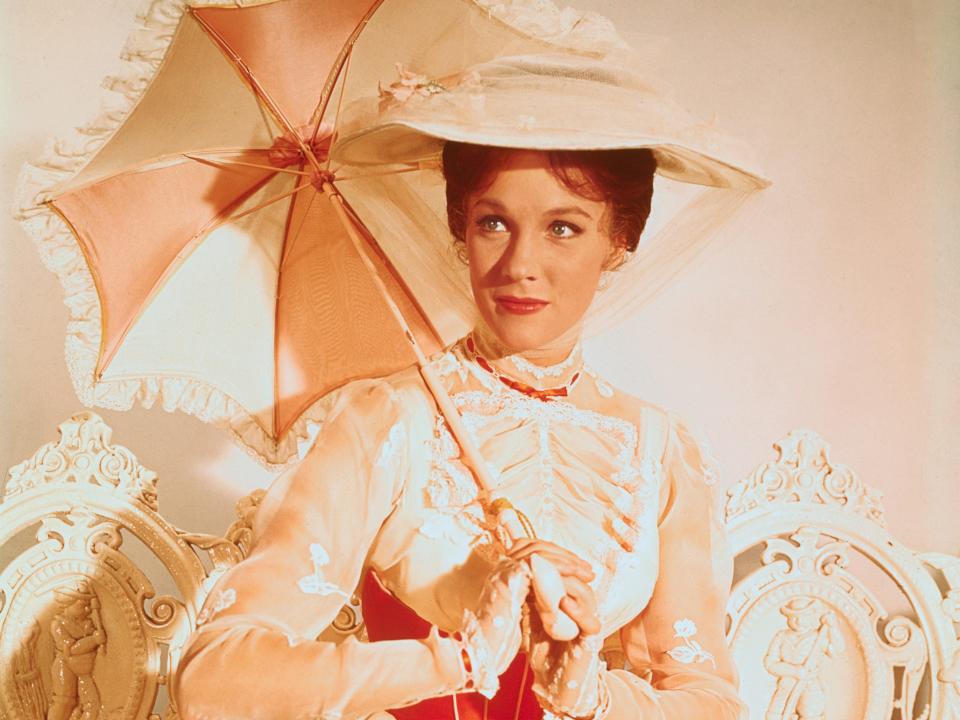
Thelma Howard was the Disney family's longtime housekeeper, who became an important part of the family throughout her 30 years of employment, the LA Times reported. Walt often referred to her as the "real-life Mary Poppins."
Every year, for the holidays, Walt Disney would gift her shares of Disney stock. By the time she died in 1994, she had amassed nearly $9.5 million, and the fortune was divided among her surviving heirs, People reported.
He came close to opening a major ski resort.
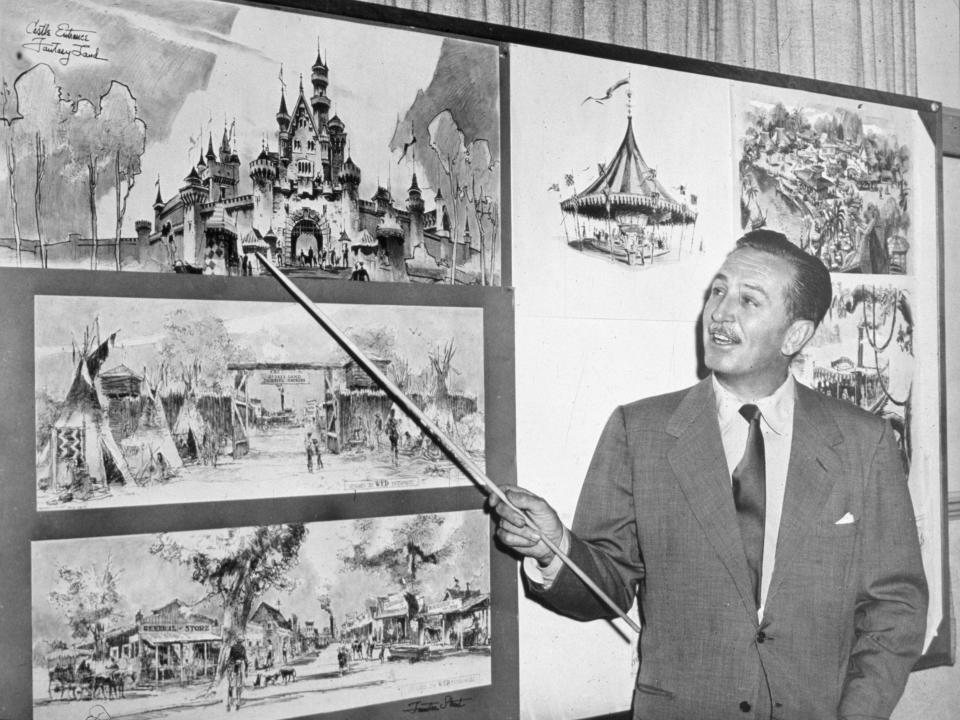
The success of Disneyland after opening in 1955 prompted Disney to set his sights on another potential project: a ski resort in Mineral King Valley, near California's Sequoia National Park.
The initial plans involved creating a vacation spot centered around a Swiss-style village with six ski areas and the capacity to house 20,000 people, 14 ski lifts, 10 restaurants, two hotels, a conference center, a heliport, and even a chapel, SF Gate reported.
The project almost came to fruition, with Disney even garnering approval from the Forest Service and creating a deal with the then-governor of California, Ronald Reagan.
However, after Disney's sudden death in 1966, the company chose to focus on Walt Disney World, which had just opened and cost much more than budgeted, SF Gate reported.
Not all of Mineral King Ski Resort was lost, though — the Country Bear Jamboree, an attraction planned for one of the resort's restaurants, was given a new home in Disney World, SF Gate reported.
Contrary to popular belief, Disney was not cryogenically frozen.
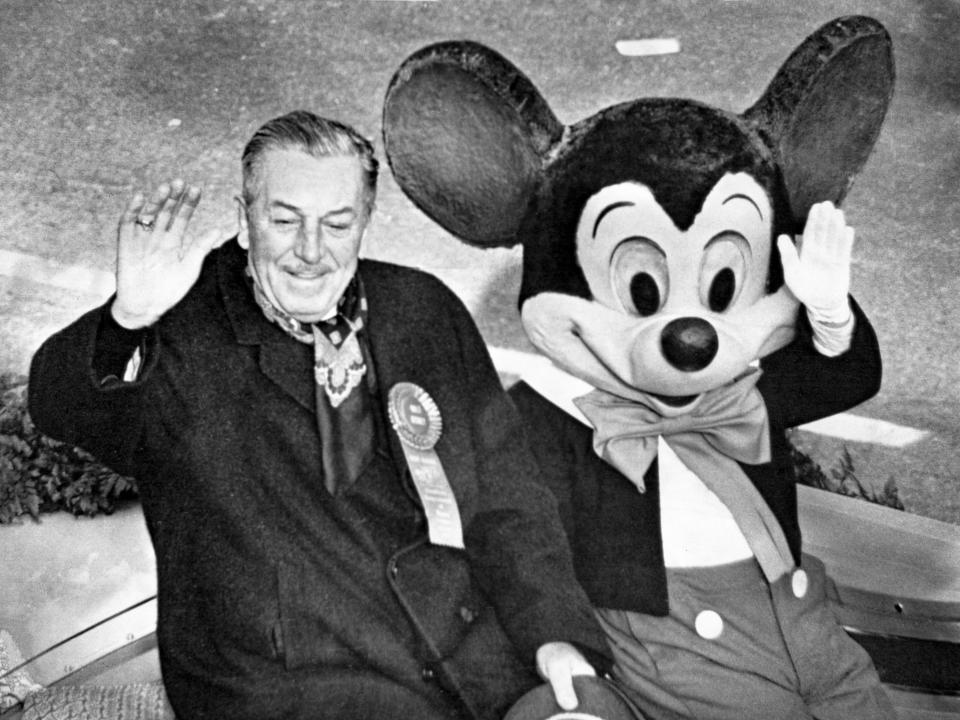
Many believe that Walt Disney's body was preserved through cryogenics, frozen in a cryonic chamber containing liquid nitrogen to be later revived. In early 1967, a reporter for a tabloid newspaper, The National Spotlite, claimed he saw the deceased Disney suspended in a cryogenic metal cylinder, PBS reported.
From there, the rumor went rampant and eventually became an urban legend. However, there is no truth to it: All available documentation states that Disney was cremated, Time reported.
Also, the first-ever cryogenic freezings actually took place after Disney had passed, according to Snopes.com, which produced a point-by-point analysis refuting cryogenics and this Walt Disney legend.
Read the original article on Business Insider

 Yahoo News
Yahoo News 
